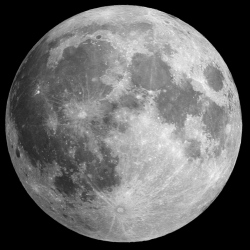
Two billionaires, Elon Musk and Jeff Bezos, are leading companies that are creating new space flight capability. However, adventurous billionaires could be very important to the first manned flights to Mars. NASA has so far been unwilling to divert the $4 billion per year going to the Space Launch System into Spacex Mars mission plans.
Spacex would be in a stronger financial position when NASA and the US military decide they should start more efficiently spending about ten billion dollars per year of launch and mission related budgets.
Two currently unknown wealthy individuals are apparently willing to pay $200-400 million each for Apollo 8 like flights on a Spacex Falcon heavy. This would be a lunar orbiting mission that could fly in 2018.
It could take many years before NASA and the US military and intelligence space agencies change their budgets.
Pioneering Mars missions may depend upon more billionaires being willing to make big space trips.
In 2017, Forbes has found 2043 billionaires in the world. Forbes estimates their collective net worth at about $7.7 trillion. This is an undercount, since Forbes is only listing billionaires with enough public financial information for Forbes to verify.
In 2013, Dennis Tito has already indicated that he was interested in a 501 day Mars flyby.
On 27 February 2013, the Inspiration Mars Foundation held a press conference in the National Press Club to announce their plan to procure space hardware, launch vehicle services, and select a two-person married couple as crew, and then attempt to raise the funding necessary to launch a mission to Mars in 2018. Dennis Tito said he was going to fund the foundation with $100 million for the first years of operation.
At the 2013 conference, however, Dennis Tito indicated that the plan was impossible without significant investment from NASA and the use of NASA spacecraft. NASA, however, was an unwilling partner.
The total cost of the mission was projected to be between US$1 and US$2 billion. Tito planned to fund the foundation’s cost for the first two years. Then, the foundation planned to raise funds from industry and individuals.
However, in testimony before congress in November 2013, Tito indicated that he expected private donors to only provide around $300 million, leaving the need for an additional investment of $700 million from the US government. NASA responded that whilst they were willing to share technical and programmatic expertise with Inspiration Mars, they were unable to commit to sharing expenses with them
Other public or private world billionaires may also be willing to pay for Mars flyby’s or even Mars landings.
Elon Musk and Spacex seem willing to fund a couple of unmanned missions to Mars. Elon seems to have indicated a willingness to subsidize or significantly contribute to the early Mars missions.
It seems more billionaires will need to pass a large hat around to close the $1-2 billion cost.
The mission would involve a flyby of Mars with a free return back to Earth, without stopping. That type of low-energy trajectory requires a special set of orbital circumstances: The presentation says those circumstances exist for the 2018 opportunity but won’t repeat until 2031.
Two astronauts living in spartan conditions could make the 501-day trip in a modified SpaceX Dragon capsule, launched by SpaceX’s yet-to-be-flown Falcon Heavy rocket.
